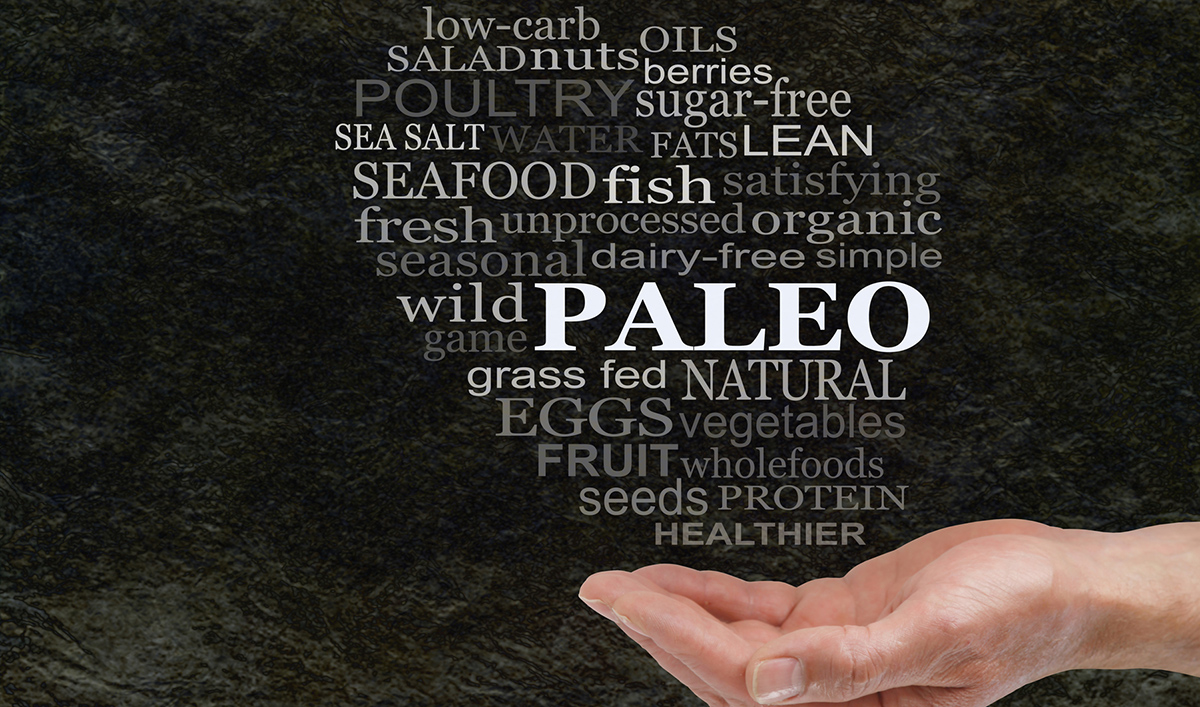Is The Paleo Diet Right For You?
The Paleolithic Diet, more commonly known as the Paleo Diet, the caveman diet or stone-age diet, is an increasingly popular fad diet that promotes a healthy diet including fresh fruit and vegetables, and the avoidance of processed foods, and refined sugar and salt. The foods involved in the diet are based on the presumption that these were the only foods either available or consumed by humans during the Paleolithic era. The diet is supposed to promote the improvement in body composition and metabolic effects compared to the typical Western diet. What makes this diet healthy and what types of food can an individual eat while partaking in it? Keep reading to find out the answers to these burning questions!
What Is The Paleo Diet?

The original idea of the Paleolithic Diet can be traced back to the book by gastroenterologist Walter Voegtlin, but popularized by Loren Cordain’s bestselling book, The Paleo Diet. The original diet as described in Cordain’s book is an individual’s daily calorie count for a balanced diet should consist of fifty-five percent seafood and lean meat, fifteen percent each of fresh fruits, vegetables, and nuts and seeds. Foods to avoid include no added sugar, salt, or processed foods.
The diet is based on not just avoiding modern, refined foods, but also foods humans began eating after the Neolithic Revolution, or the Agricultural Revolution. Scientifically, experts believe individuals should be eating vegetables, fruits, nuts, roots, meat and organ meats, fruit oils such as olive, coconut, and palm oil, fish, and eggs. However, the diet is relatively restrictive, and thus it is considered more of a ‘lifestyle’ than just a diet, as the foods that compose this diet are based on what the authors believed was the diet of our ancestors.